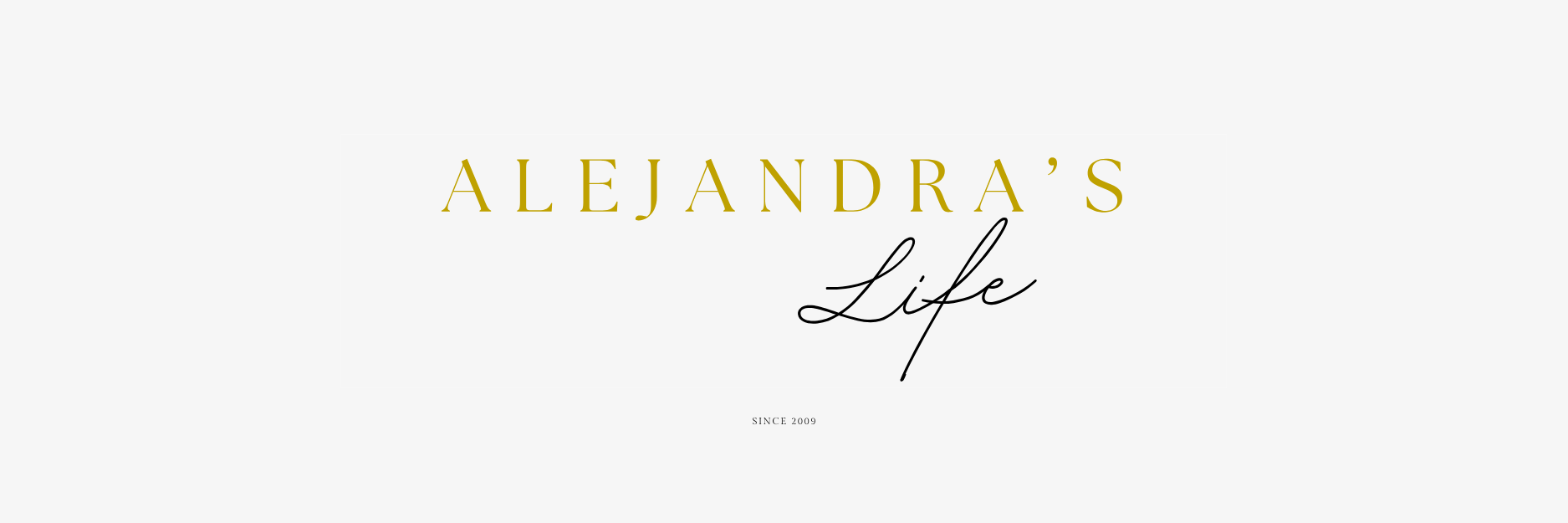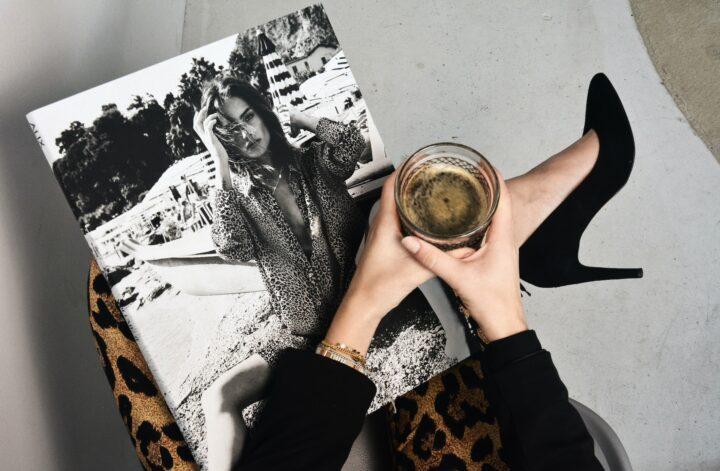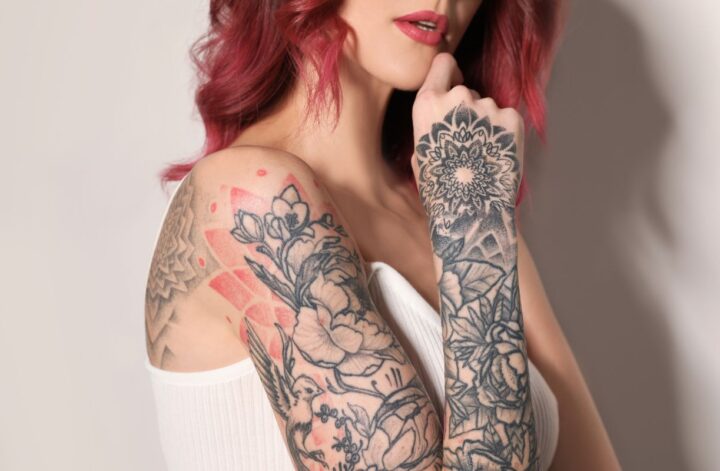Buying a pair of shoes for me is fun and focused on fashion; but buying shoes for RJ now with 14 months requires function to come first.
When RJ started crawling and standing, I wanted him to feel his feet and sense of balance. So I went with a softer pair of shoes, the so called “Pram shoes”.
When he started walking, I wanted him to have protection and stability so I went with something a little sturdier, like a sneakers.
This is my knowledge till now, in buying shoes for toddlers, it’s a bit of a quest between:
See what he needs vs what it will look like vs will it fit vs price.
But for me, as for many parents, finding the best toddler shoes is not easy.
Big Boy or Girl Footwear
Until now, your baby got by just fine with socks and soft shoes or no shoes at all both good options for optimal growth.
Now that he’s moved into toddlerhood, he’ll need something sturdier for walking, climbing, and everything that comes with exploring his new skills.
Hard soled vs. soft: Just like adult shoes, toddler shoes with soles that are too soft can cause slips and falls.
You want a shoe with a little bit of a sole to minimize accidents, usually, a leather or rubber sole will help provide the traction your toddler needs.
Sneakers vs. boots: Sneakers are good because they generally don’t constrain the foot and allow for proper development.
Plus, sneakers are usually constructed out of canvas and pliable leather, allowing the shoe to mold to a child’s foot for a good fit.
Cheap vs. expensive: For young children who are just learning to walk, inexpensive shoes are OK. The issue is not cost but that the shoe fits well.
Open-toed vs. closed: Open-toed shoes don’t offer a lot of foot protection for a child just learning to walk. So closed-toed shoes are generally better.
And the same goes for shoes like Crocs – kids can easily trip on these types of shoes if they’re just learning to walk and not entirely stable… Plus Crocs are NOT a thing I will let RJ wear… let’s have a sense of style please!
New vs. used: Although it might be tempting to use hand-me-down shoes from friends or family to save a few bucks, this is one area that requires you buy new.
And why? I am used to buy loads of things in Ebay, my house budget leads me to that but in this department I learn this:
Kids’ shoes mold to their feet. If you use a hand-me-down pair of shoes, you are forcing your child’s foot into a shoe that has already molded to the shape of someone else’s foot, which means your toddler could end up with blisters.
Get a specialist if you have problems at first
The first step in buying toddler shoes is to have your child’s foot sized by an expert.
Go to a store that specializes in children’s shoes and work with a knowledgeable salesperson to get a good fitting.
There are three key areas of the foot that you should focus on when buying toddler shoes:
the front of the shoe, the back, and the width.
All three will play a part in whether or not the shoe fits properly.
First, you want the appropriate length in the front of the shoe:
The general rule of thumb is you want about a centimeter to a half inch of space in the front of the shoe.
Too big and they could be unstable, too small and it constrains the foot.
Width is also very important
Kids’ feet tend to be wider when they are younger, and as the foot grows, the length proportionately catches up to the width.
So you want a shoe to accommodate a wider foot, and you need it to not be too restrictive or too tight through the arch.
The key to making sure a shoe is the right width is to use the tongue of the shoe as a guide.
The tongue of the shoe and the edges where the laces or Velcro are usually located should be parallel; if there is too much space between them, the shoe may be too tight, and if they overlap too much, the shoe is too loose.
Finally, the back of the shoe should offer some wiggle room.
You want to make sure the heel of the shoe is not so loose they slip out of it and not so constricting that it puts strain on the Achilles tendon.
The rule of thumb here is that you should be able to slip your pinky finger in the heel, but only up to the first knuckle. Anything more than that and the shoe is too big, and anything less and it’s too tight.”
More to Know Before Your Purchase
Your toddler will need a new pair of shoes and a new sizing about every two to four months, as the experts say.
So before you go out and buy a dozen pairs of shoes for your little one, you might want to focus on the basics.
You really only need one or maybe two pairs of shoes for your toddler, a play shoe like a sneaker and possibly a dress-up shoe.
When you are buying toddler shoes, each shopping trip should be treated like the first: examine all aspects of the shoe and make sure it fits all around.
Kids’ shoes are different from brand to brand, style to style, and sometimes even from shoe to shoe, so trying them on is very important.
Also, bring a pair of socks with you when you’re shoe shopping for your toddler.
(I noticed sometimes that some parents try the shoes without socks, think about the cold weather since you are wearing socks).
Finally, follow one last simple test when buying toddler shoes:
Ask your little one to walk around in them.
Resuming:
You don’t need to worry so much about the style of the shoe.
Instead, think about whether it looks comfortable and fits well.
Cheerio #shoesfortoddlerproblems






